Adding fuel to the speculation, a long-time DJI source known as Mr. L. has shared with DroneXL that August 20th will be the date when the official release date of the DJI Neo is announced. This suggests we might see a teaser as soon as tomorrow, ramping up excitement in the drone community.
At 135 g, DJI Neo is DJI’s lightest and most compact drone to date. Takeoff and land on your palm effortlessly without a remote controller, and capture cinematic footage with YOU in focus. Soar through breathtaking scenery, indoors and out, and be sure to include everybody in a group photo. Enjoy a fresh perspective on everyday life with DJI Neo.
| Item |
Spec Value |
| Aircraft Takeoff Weight |
Approx. 135 g |
| Aircraft Dimensions |
130×157×48.5 mm (L×W×H) |
| Aircraft Max Ascent Speed |
0.5 m/s (Cine mode)
2 m/s (Normal mode)
3 m/s (Sport mode) |
| Aircraft Max Descent Speed |
0.5 m/s (Cine mode)
2 m/s (Normal mode)
2 m/s (Sport mode) |
| Aircraft Max Horizontal Speed (near sea level, no wind) |
6 m/s (Normal mode)
8 m/s (Sport mode)
16 m/s (Manual mode) |
| Aircraft Max Takeoff Altitude |
2000 m |
| Measured in a windless environment when taking off from an altitude of 2000 m and ascending vertically by 120 m, using Sport mode, and from 100% battery level until 20%. Data is for reference only. Always pay attention to reminders on the camera view during your flight. |
| Aircraft Max Flight Time |
Approx. 18 mins (approx. 17 mins with the Propeller Guards) |
Each battery allows the drone to perform at least 20 palm takeoff and landing for shoots in succession**
Measured when flying forward at a speed of 2 m/s in a windless environment 20 m above sea level, with camera parameters set to 1080p/30fps, video mode off, and from 100% battery level until 0%. Results may vary depending on the environment, actual use, and firmware version.
Measured after DJI Neo is activated, with a fully charged battery and default settings, and using Circle, Rocket, and Dronie modes, and is for reference only. |
| Aircraft Max Hovering Time |
Approx. 18 mins (approx. 17 mins with the Propeller Guards) |
| Measured when hovering in a windless environment 20 m above sea level, with camera parameters set to 1080p/30fps, video mode off, and from 100% battery level until 0%. Results may vary depending on the environment, actual use, and firmware version. |
| Aircraft Max Flight Distance |
7 km |
| Measured when flying forward at a speed of 8 m/s in a windless environment 20 m above sea level, with camera parameters set to 1080p/30fps, video mode off, and from 100% battery level until 0%. Results may vary depending on the environment, actual use, and firmware version. |
| Aircraft Max Wind Speed Resistance |
8 m/s (Level 4) |
| Aircraft Operating Temperature |
-10° to 40° C (14° to 104° F) |
| Aircraft Global Navigation Satellite System |
GLONASS + GPS + Galileo + BeiDou |
| Aircraft Hovering Accuracy Range |
Vertical:
±0.1 m (with vision positioning)
±0.5 m (with GNSS positioning)
Horizontal:
±0.3 m (with vision positioning)
±1.5 m (with GNSS positioning) |
| Aircraft Internal Storage |
22 GB |
| Aircraft Class |
C0 (EU) |
| Camera Image Sensor |
1/2-inch image sensor |
| Camera Lens |
FOV: 117.6°
Format Equivalent: 13 mm
Aperture: f/2.8
Focus: 0.6 m to ∞ |
| Camera ISO Range |
100-6400 (Auto)
100-6400 (Manual) |
| Camera Shutter Speed |
Video: 1/8000-1/30 s
Photo: 1/8000-1/10 s |
| Camera Max Image Size |
12 MP Photo
4000×3000 (4∶3)
4000×2256 (16∶9) |
| Camera Still Photography Modes |
Single/Timed Shot |
| Camera Photo Format |
JPEG |
| Camera Video Resolution |
EIS Off:
4K (4:3): 3840×2880@30fps
1080p (4:3): 1440×1080@60/50/30fps
EIS On:
4K (16:9): 3840×2160@30fps
1080p (16:9): 1920×1080@60/50/30fps |
| Camera Video Format |
MP4 |
| Camera Max Video Bitrate |
75Mbps |
| Camera Supported File System |
exFAT |
| Camera Color Mode |
Normal |
| Camera EIS |
Supports RockSteady, HorizonBalancing, and turning stabilization off.
When using a 16:9 aspect ratio, only RockSteady or HorizonBalancing can be enabled. Stabilization is not available in 4:3 aspect ratio. When stabilization is turned off, footage captured supports offline stabilization with Gyroflow. |
| Gimbal Stabilization |
Single-axis mechanical gimbal (tilt) |
| Gimbal Mechanical Range |
Tilt: -120° to 120° |
| Gimbal Controllable Range |
Tilt: -90° to 60° |
| Gimbal Max Control Speed (tilt) |
100°/s |
| Gimbal Angular Vibration Range |
±0.01° |
| Gimbal Image Roll Correction |
Supports correction of footage recorded on the drone
Live view correction is unavailable only when using with goggles |
| Sensing Type |
Downward visual positioning |
| Sensing Downward Precise Hovering Range |
0.5-10 m |
| Sensing Operating Environment |
Downward:
Non-reflective
|
| Sensing Operating Environment |
Downward:
Non-reflective, discernible surfaces with diffuse reflectivity of >20% (such as walls, trees, or people)
Adequate lighting (lux > 15, normal indoor lighting conditions) |
| Video Transmission System |
O4 |
| Video Transmission Live View Quality |
With DJI RC-N3 Remote Controller: Up to 1080p/30fps
With DJI Goggles 3 plus DJI RC Motion 3/DJI FPV Remote Controller 3: Up to 1080p/60fps |
| Video Transmission Operating Frequency |
2.400-2.4835 GHz
5.170-5.250 GHz
5.725-5.850 GHz |
|
Operating frequency allowed varies among Countries and regions. Please refer to local laws and regulations for more information.
|
| Video Transmission Transmitter Power (EIRP) |
2.4 GHz:
<26 dBm (FCC)
5.1 GHz:
5.8 GHz:
<26 dBm (FCC) |
| Video Transmission Communication Band |
Max 40 MHz |
| Video Transmission Max Transmission Distance (unobstructed, free of interference) |
FCC: 10 km
CE: 6 km
SRRC: 6 km
MIC: 6 km |
|
The data was measured in an unobstructed outdoor environment free of interference and showed the farthest communication range for one-way, non-return flights under each standard. The maximum video transmission distance in the actual flight scenarios is limited by the drone’s maximum flight distance. Always pay attention to RTH reminders on the live view during your flight.
|
| Video Transmission Max Transmission Distance (unobstructed, with interference) |
Strong Interference (urban landscape): Approx. 1.5-3 km
Medium Interference (suburban landscape): Approx. 3-6 km
Low Interference (suburb/seaside): Approx. 6-10 km |
|
Data tested under FCC standard in unobstructed environments with typical interference. Used for reference purposes only and provides no guarantee for actual flight distance.
|
| Video Transmission Max Transmission Distance (obstructed, with interference) |
Low Interference and Obstructed by Buildings: Approx. 0-0.5 km
Low Interference and Obstructed by Trees: approx. 0.5-3 km |
|
Data tested under FCC standard in environments with typical low interference. Used for reference purposes only and provides no guarantee for actual transmission distance.
|
| Video Transmission Max Download Speed |
Wi-Fi: 25 MB/s |
|
Measured in a laboratory environment with little interference in countries/regions that support both 2.4 GHz and 5.8 GHz. Download speeds may vary depending on the actual conditions.
|
| Video Transmission Lowest Latency |
With DJI RC-N3 Remote Controller: Approx. 120 ms
Depending on the actual environment and mobile device. |
| Video Transmission Max Video Bitrate |
50Mbps |
| Video Transmission Antennas |
Two antennas, 1T2R |
| Wi-Fi Protocol |
802.11a/b/g/n/ac |
| Wi-Fi Operating Frequency |
2.400-2.4835 GHz
5.725-5.850 GHz |
|
Operating frequency allowed varies among countries and regions. Please refer to local laws and regulations for more information.
|
| Wi-Fi Transmitter Power (EIRP) |
2.4 GHz:
5.8 GHz:
<20 dBm (FCC/SRRC)
<14 dBm (CE) |
| Wi-Fi Effective Operating Range |
50 m |
|
Tested in an outdoor open environment free of interference. The video transmission distance varies by operating environment.
|
| Bluetooth Protocol |
Bluetooth 5.1 |
| Bluetooth Operating Frequency |
2.400-2.4835 GHz |
|
Operating frequency allowed varies among countries and regions. Please refer to local laws and regulations for more information.
|
| Bluetooth Transmitter Power (EIRP) |
< 10 dBm |
| Battery Capacity |
1435 mAh |
| Battery Weight |
Approx. 45 g |
| Battery Nominal Voltage |
7.3 V |
| Battery Max Charging Voltage |
8.6 V |
| Battery Type |
Li-ion |
| Battery Energy |
10.5 Wh |
| Battery Charging Temperature |
5° to 40° C (14° to 104° F) |
| Battery Charging Time |
When Using the Two-Way Charging Hub (60W max charging power): Approx. 60 minutes to charge three batteries simultaneously from 0% to 100%
When Directly Charging the Aircraft Body (15W max charging power): Approx. 50 minutes to charge from 0% to 100% |
| Charger Recommended Charger |
DJI 65W Portable Charger
USB Power Delivery charger |
| Battery Charging Hub Input |
5 V, 3 A
9 V, 3 A
12 V, 3 A
15 V, 3 A
20 V, 3 A |
| Battery Charging Hub Output (charging) |
5 V, 2 A |
| Battery Charging Hub Charging Type |
3 batteries charged simultaneously
The number of batteries that can be charged simultaneously depends on the power of the charger used. Using a charger of more than 45 W allows for charging three batteries at once while using a charger of less than 45 W can only charge two batteries simultaneously. Refer to the charging protocols supported by the charger. |
| Battery Charging Hub Compatibility |
DJI Neo Intelligent Flight Battery |
| Storage Recommended microSD |
| Storage Recommended microSD Cards |
Does not support storage expansion with an external SD card |
| DJI RC-N3 Remote Controller Max Operating Time |
Without Charging Any Mobile Device: 3.5 hours
When Charging a Mobile Device: 1.5 hours |
| DJI RC-N3 Remote Controller Operating Temperature |
-10° to 40° C (14° to 104° F) |
| DJI RC-N3 Remote Controller Charging Temperature |
5° to 40° C (14° to 104° F) |
| DJI RC-N3 Remote Controller Charging Time |
2 hours |
| DJI RC-N3 Remote Controller Charging Type |
5 V, 2 A |
| DJI RC-N3 Remote Controller Battery Capacity |
2600 mAh |
| DJI RC-N3 Remote Controller Weight |
Approx. 320 g |
| DJI RC-N3 Remote Controller Dimensions |
104.2×150×45.2 mm (L×W×H) |
| DJI RC-N3 Remote Controller Operating Frequency |
2.400-2.4835 GHz
5.170-5.250 GHz
5.725-5.850 GHz |
|
Operating frequency allowed varies among countries and regions. Please refer to local laws and regulations for more information.
|
| DJI RC-N3 Remote Controller Transmitter Power (EIRP) |
2.4 GHz:
<33 dBm (FCC)
5.1 GHz:
5.8 GHz:
<33 dBm (FCC) |
While DJI has not officially confirmed the Neo’s existence, this leak suggests the company is poised to expand its drone lineup. The specifications and features listed indicate that the Neo could potentially fill a gap in DJI’s current offerings, possibly targeting a specific niche of drone users or introducing new capabilities to the market.
The potential release of the DJI Neo is an exciting development in the ever-evolving Drone Industry. As we’ve seen with previous DJI releases, new models often push the boundaries of what’s possible with consumer and prosumer drones. The Neo could represent another leap forward in aerial imaging technology, potentially offering features that enhance both recreational and professional drone applications.
This leak also highlights the intense interest and anticipation surrounding DJI’s product releases. As the market leader, DJI’s moves are closely watched by enthusiasts and competitors alike. The coming days will likely bring more clarity on the DJI Neo’s capabilities and target audience.
We’re eager to see how the DJI Neo might compare to existing models like the DJI Air 3 or the Mavic 3 Pro. Stay tuned to DroneXL for updates as this story develops.
What are your thoughts on the leaked DJI Neo information? Are you excited about this potential new drone? Share your opinions in the comments section below.


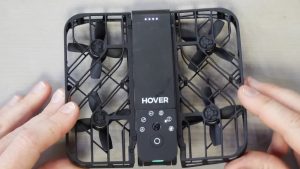
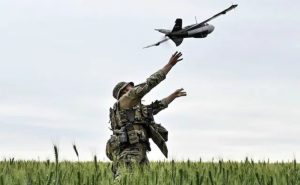

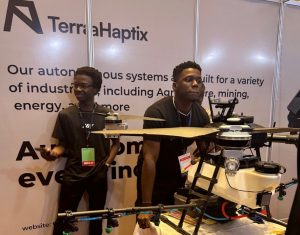

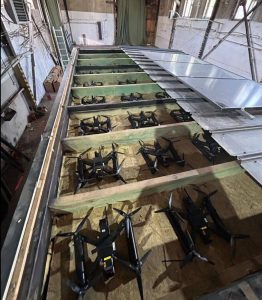

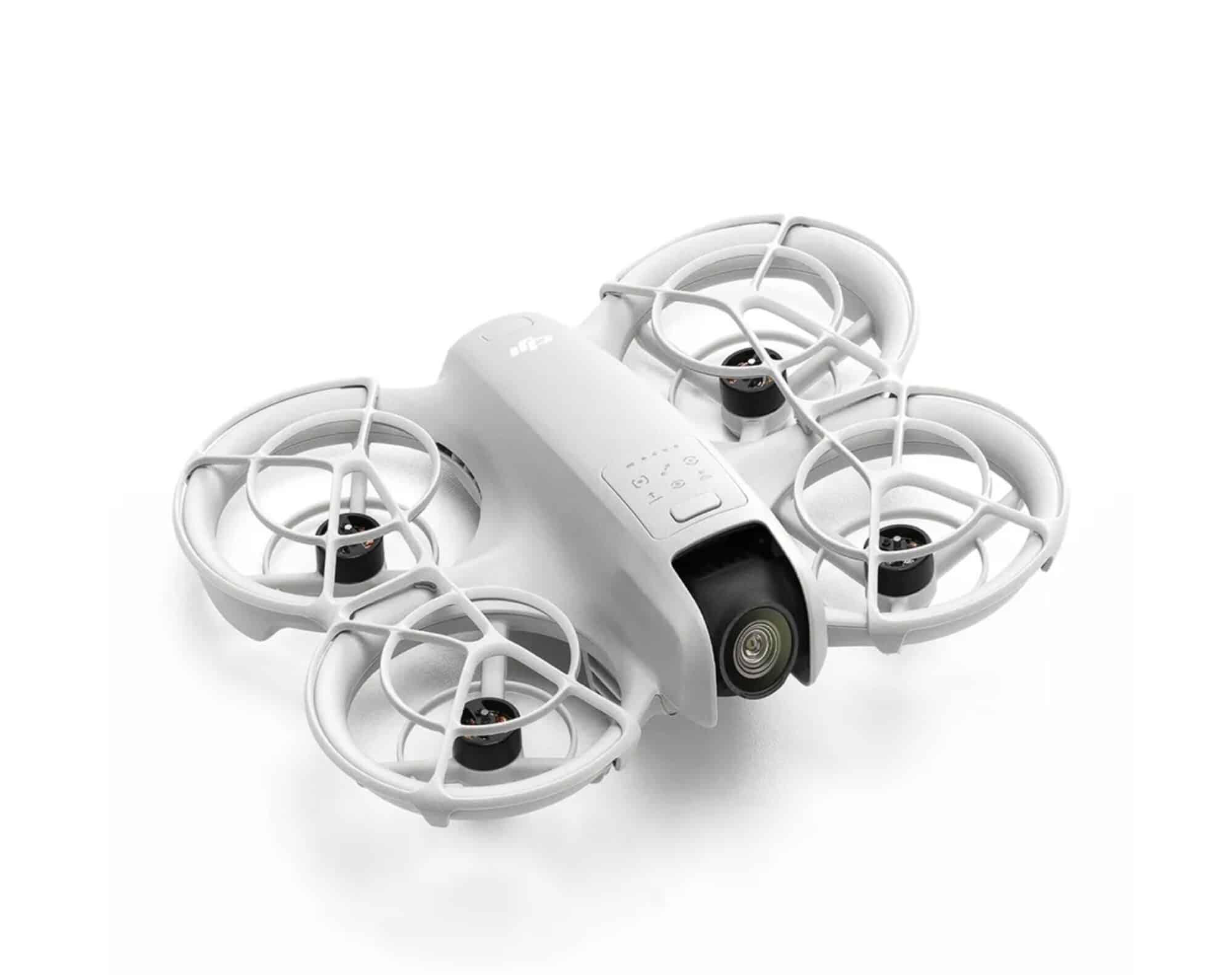
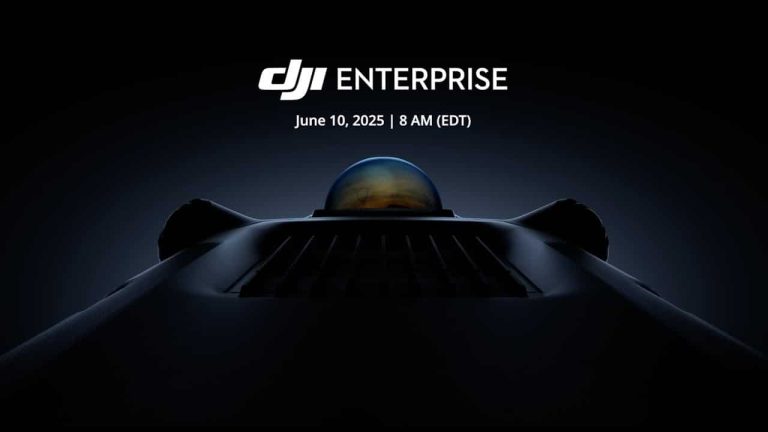
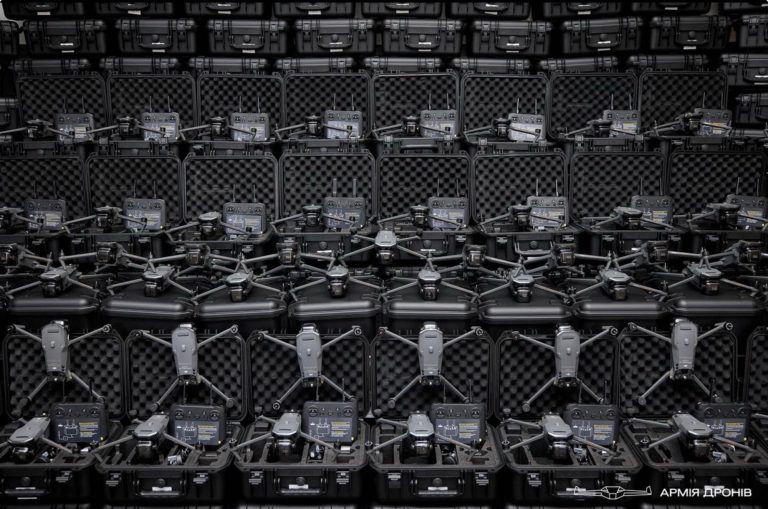

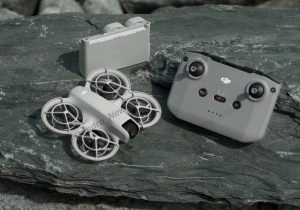
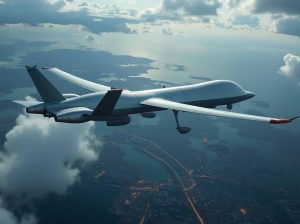
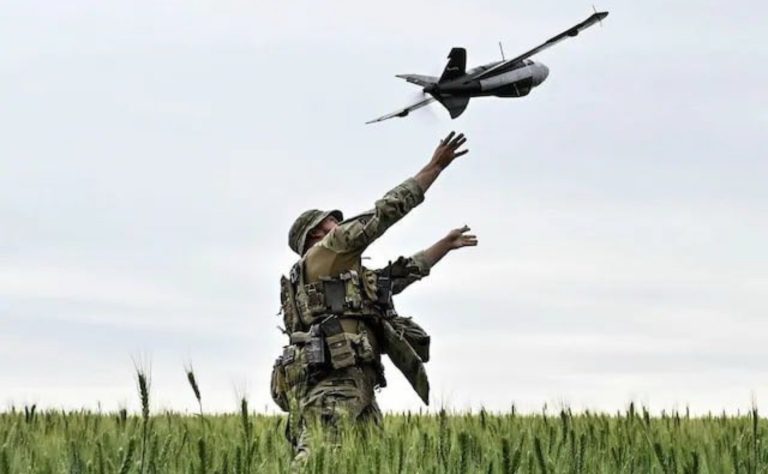


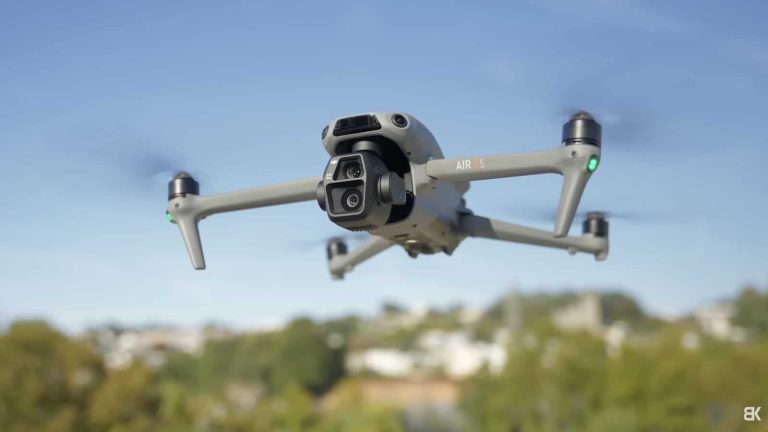
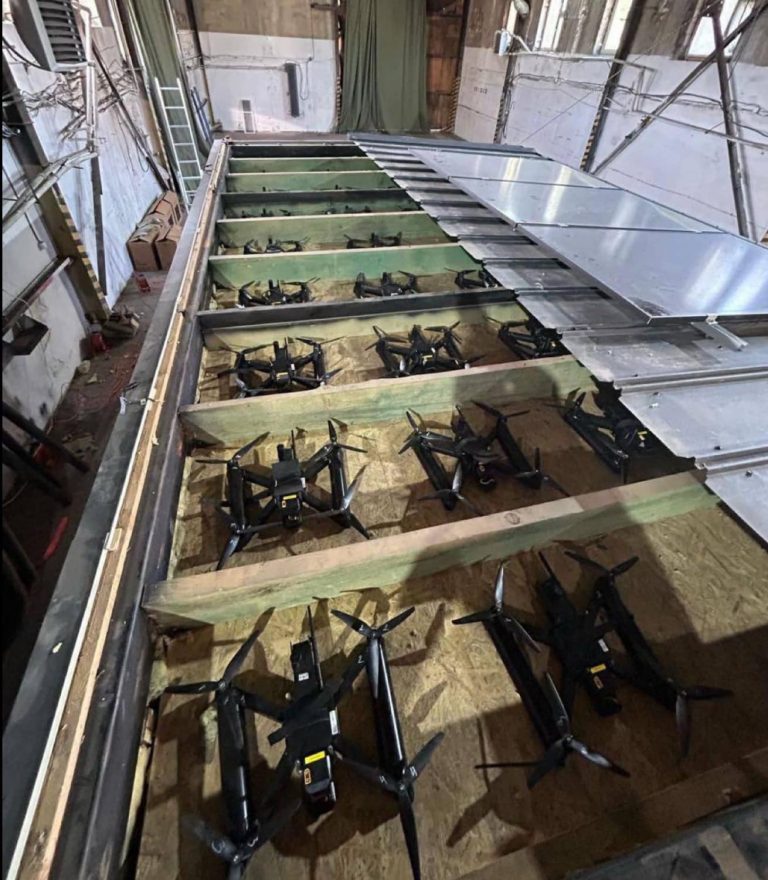
+ There are no comments
Add yours